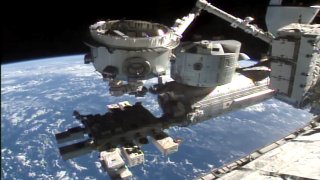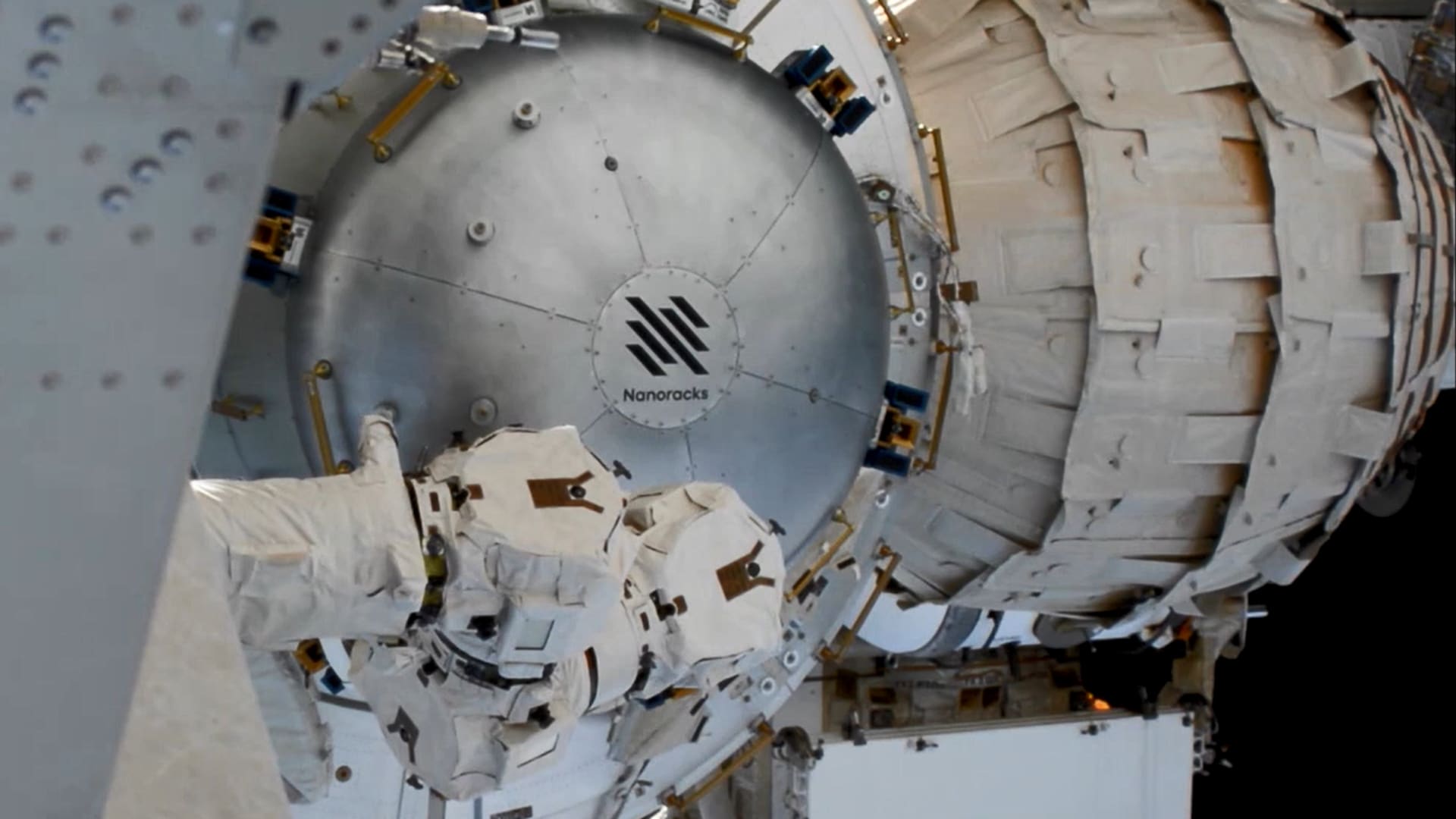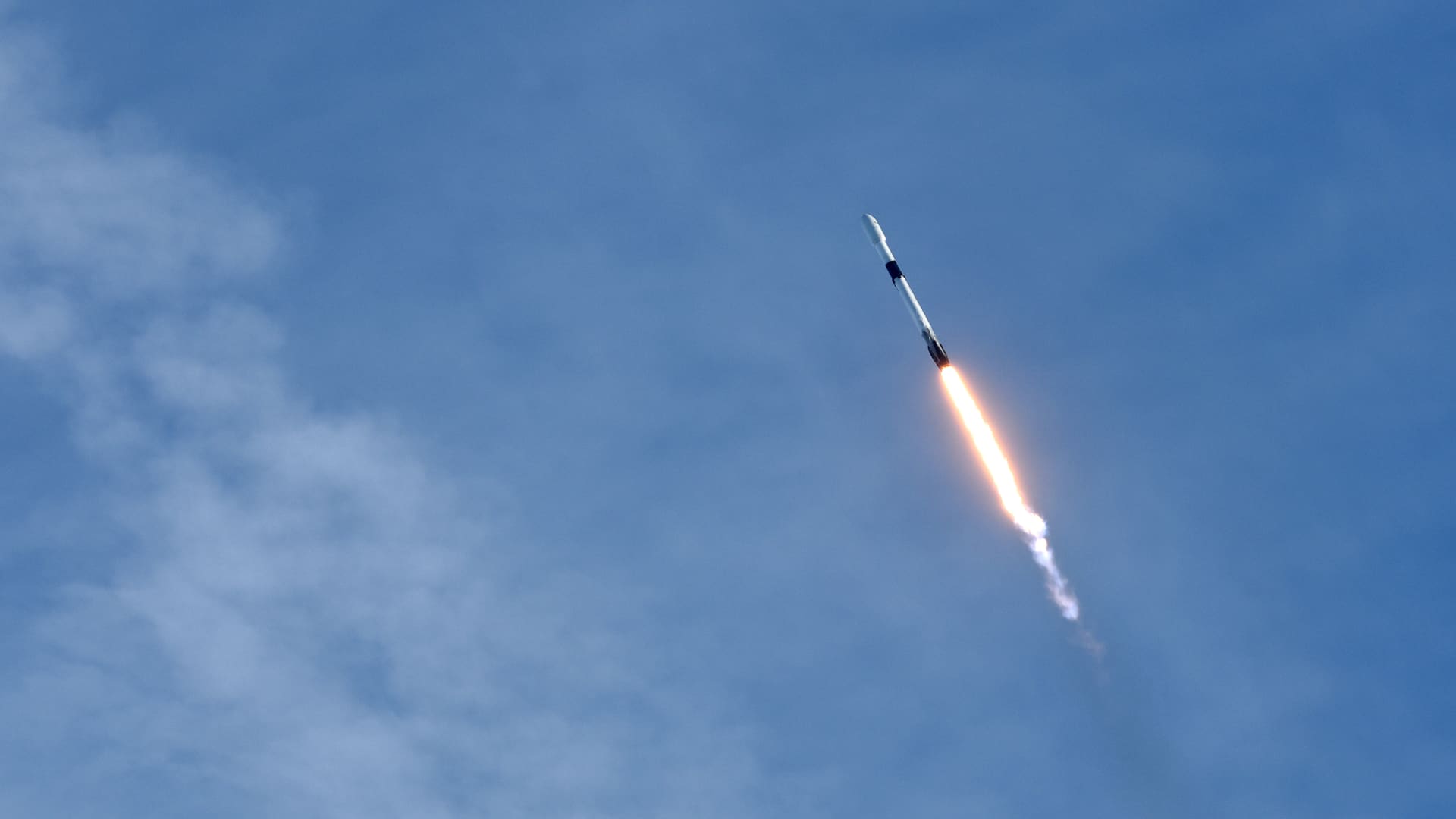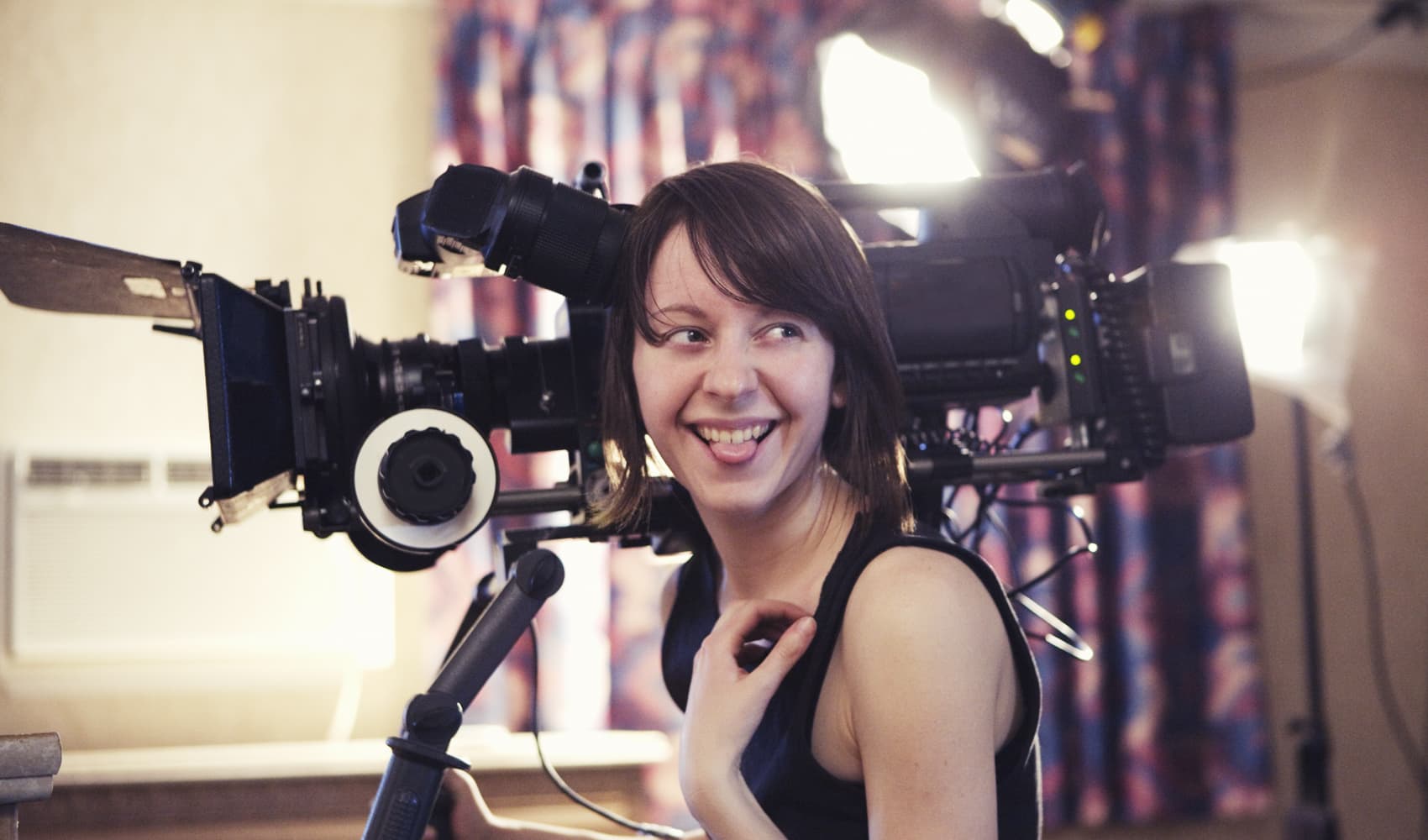
- Voyager Space Holdings intends to take a majority stake in the parent company of Nanoracks, a space services and hardware specialist that has sent more than 1,000 missions to the International Space Station.
- The stake in Nanoracks marks Voyager's fourth deal since its establishment in October 2019.
- "With Voyager, we have a platform that allows us to grow into the entire in-space services infrastructure development, with a financial sophistication and synergy that we just frankly would not have on our own," Nanoracks CEO Jeff Manber told CNBC.
- Nanoracks recently completed significant milestones in installing its Bishop Airlock on the International Space Station, the first ever private airlock.

Voyager Space Holdings' fourth acquisition in a little over a year since it was established is a majority stake in the parent company of Nanoracks, a space services and hardware specialist that has sent more than 1,000 missions to the International Space Station.
"Nanoracks is a game changer for us in terms of adding some pretty significant capability in space," Voyager Space Holdings CEO Dylan Taylor told CNBC.
Voyager intends to take a majority stake in X.O. Markets, the holding company of Nanoracks, in a deal expected to close in the first quarter of 2021.
While Voyager Space Holdings did not disclose the financial details of the deal — with Taylor only noting that "we're infusing quite a bit of cash in the business" to help it grow — people familiar with the transaction told CNBC that Voyager plans to invest more than $50 million in Nanoracks over the coming year.
The majority stake in X.O. Markets marks Voyager's fourth deal since its establishment in October 2019. The firm previously acquired rocket and spacecraft services specialist The Launch Company, satellite servicing company Altius Space Machines, and Pioneer Astronautics, the research and development firm of Dr. Robert Zubrin, who is most well known for his discussions with SpaceX CEO Elon Musk about establishing a permanent human presence on Mars.
Money Report
"We're an operating company and not a fund, so this is about how we assemble capability," Taylor said. "Once we've assembled all this capability, we can have an outsized influence on the industry because we're capable of doing really complex and significant missions in space."
Nanoracks CEO Jeff Manber said he began to look for new capital this past summer, including examining going public on its own through a special purpose acquisition company, or SPAC. But Manber told CNBC that he didn't want to "spend my next two years" talking to Wall Street investors and "trying to figure out how you stand this up," rather than stay focused on operating and growing his business.
"With Voyager, we have a platform that allows us to grow into the entire in-space services infrastructure development, with a financial sophistication and synergy that we just frankly would not have on our own," Manber said. "They give us the stability. They give us the platform. They give us some of the expertise that we don't have today."
In return, Manber sees Nanoracks "providing the core" of Voyager's space efforts, with new access to the company's mission control room in Houston, Texas, as well as facilities across the country and talent that has experience working with a variety of payloads that have gone to space.
Nanoracks: 'The space station guys'
The deal also comes after Nanoracks completed significant milestones in installing its Bishop Airlock on the International Space Station on Saturday. Nanoracks fully-funded the airlock's development and manufacturing, launching it to the ISS on a Dec. 6 SpaceX cargo mission.
The first-ever private airlock, Bishop adds five times the payload capacity as the current and government-operated JEM airlock. NASA noted that Bishop's addition "significantly increases the capacity for public and private research," which "also enables the deployment of larger satellites and the transfer of spacewalking tools and hardware inside and outside the station."
"Nanoracks is the largest commercial user of the International Space Station," Manber said. "We're the space station guys — we understand space stations better than probably any commercial emerging company in the world."
Nanoracks has about 70 employees around the world, with its headquarters in Houston. The company also has presence in Washington, D.C., as well as offices in Torino, Italy and the United Arab Emirates' Abu Dhabi.
Manber sees Nanoracks' growth in a strategy of three pillars, the first of which is its current utilization of the ISS.
"The Bishop airlock is our largest growth catalyst going forward with that," Manber said.
But "the space station is aging," Manber said, so he wants Nanoracks to be involved in "private space stations that are market-focused" moving forward. He expects "small private space stations," each focused on individual markets, will be launched in the coming decade, with "some hotels and some for professional astronauts." So Nanoracks' "second pillar" is its Outpost Program, which plans to repurpose the large discarded fuel tanks of rockets that are in orbit around the Earth into small space stations.
Nanoracks first Outpost technology demonstration, called Mars Demo-1, is scheduled to fly on a SpaceX rideshare launch in June 2021. The mission will use a robotic arm to cut metal material in space, to demonstrate Nanoracks can cut rocket fuel tanks safely, key to turning them into orbiting hubs. Manber hopes Nanoracks will then launch a follow-on mission in 2023 and then "each year stay in space longer and longer and converting these otherwise empty platforms."

"The third pillar is to become a customer of in-space research," Manber said. "In-space research is a market that has been totally government dominated, funded by space agencies with occasional involvement of a commercial company like a pharmaceutical company or [agricultural] tech company."
Nanoracks' in-space research service would help more companies "use the harsh environment of space to create new products."
Manber described his three pillars strategy as "emulating what SpaceX is doing," by taking a core business and then building upon it steadily.
'This industry is getting very serious now, and it's an important industry from a commercial view," Manber. "The more [Nanoracks] talked to a number of family funds and hedge funds, the more I looked at it and realized the way the industry is going."
Joining Voyager is Manber's way of "aligning" Nanoracks so that it doesn't have one single project or program that it's dependent upon for success.
Voyager aims to IPO in late 2021

Taylor declared that a disadvantage to building an operating company is that "you really can't do more than four deals a year effectively or productively," since Voyager is not creating "a portfolio of brands" but rather working to integrate them as a cohesive whole. Nonetheless, Taylor said Voyager has about a dozen acquisitions "in our pipeline under various stage of diligence" and expects to announce another two or three by summer 2021.
"And then it's still our desire... to try and go public sometime late next year," Taylor said.
He intends to take Voyager public through the traditional IPO route, saying he thinks "there is value in going through the S-1 process."
In the meantime, Voyager is looking to add companies that are building spacecraft components, as well as specialists in software — also known as GNC, or guidance, navigation and control. Taylor says Voyager will eventually "look at a launch capability," meaning a rocket builder like SpaceX or Rocket Lab, but he doesn't expect that to happen within the next year.
Subscribe to CNBC PRO for exclusive insights and analysis, and live business day programming from around the world.






